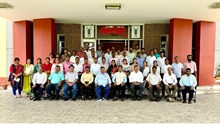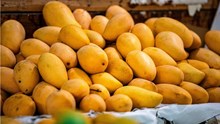
Controlling unwanted cotton is an essential part of good integrated pest & disease management and general farm hygiene. One is volunteer cotton – plants that have germinated, emerged and established unintentionally & can be in field or external to the field (roadsides, fence lines etc); and the second is ‘Ratoon’ cotton – also known as ‘stub’ cotton, ratoon is cotton that has regrown from left over root stock from a previous season. The cotton season is almost over in Maharashtra's Vidarbha region, but farmers, especially in areas like Yavatmal, who have resorted to the Ratoon method of cropping cotton, have observed about 20 - 40% pink bollworm infestation in their fields. The exact area of the infestation is being estimated by the Maharashtra Government.
Ratooning is the agricultural practice of harvesting a monocot crop by cutting most of the Besides sugarcane, ratooning is also practiced commercially in many other crops like banana, pineapple, pigeon pea, sorghum, rice, cotton, ramie, mint, etc. Yield of ratoon crop is a function of yield potential and its ratooning ability.
In Ratoon cropping method, farmers do not remove the plants, but continue to take a smaller crop on the same area that adds to their income. A Ratoon crop only gives one third or one-fourth of the regular yield.

Because of the Ratoon cropping method, pink bollworms are surviving & thriving in the region. Traditionally cotton has been a 6-month crop, which is planted in May & June, and harvested by December, but because of the introduction of BT seeds, the life of a six-month crop has increased to 10 - 12 months.
It has been found that due to the Ratoon cropping method, the dormant larvae of pink bollworm stay alive in the cotton seeds after harvest & when the time is right, it again enters the fields. Generally a cotton plants get infested by October, but Ratoon cropping has led to the plant being attacked even in the month of July. If farmers continue to apply such practices, then they will have to say goodbye to BT cotton seeds in some years.















